-
 bitcoin
bitcoin $108221.513755 USD
-0.10% -
 ethereum
ethereum $3817.049350 USD
-1.16% -
 tether
tether $1.000184 USD
-0.03% -
 bnb
bnb $1081.373706 USD
1.55% -
 xrp
xrp $2.367284 USD
-2.30% -
 solana
solana $180.847708 USD
-3.07% -
 usd-coin
usd-coin $0.999936 USD
0.00% -
 tron
tron $0.322230 USD
-0.06% -
 dogecoin
dogecoin $0.190590 USD
-1.92% -
 cardano
cardano $0.626657 USD
-2.42% -
 hyperliquid
hyperliquid $37.280123 USD
6.15% -
 chainlink
chainlink $17.222315 USD
-2.46% -
 ethena-usde
ethena-usde $0.999312 USD
-0.03% -
 stellar
stellar $0.309699 USD
-0.98% -
 bitcoin-cash
bitcoin-cash $475.445788 USD
-1.02%
What are Bybit inverse perpetual contracts? A full explanation.
Bybit's inverse perpetual contracts let traders speculate on crypto prices using BTC as collateral, with profits and losses settled in BTC, offering unique hedging and leverage opportunities.
Oct 21, 2025 at 07:01 am
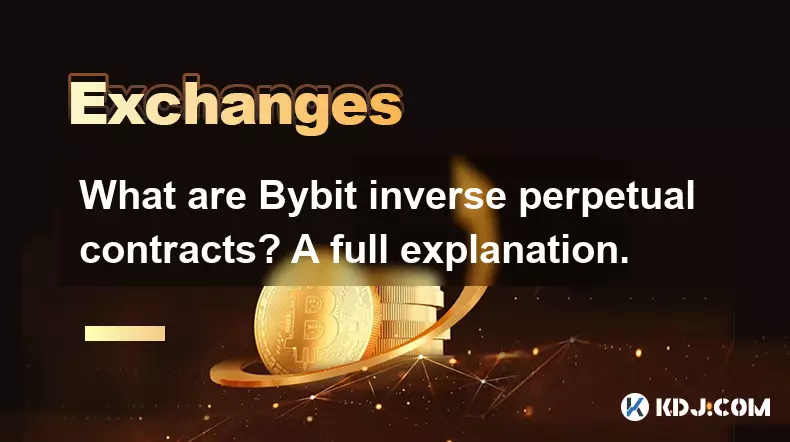
Understanding Bybit Inverse Perpetual Contracts
Bybit inverse perpetual contracts are a type of derivative product that allows traders to speculate on the price movement of cryptocurrencies without owning the underlying asset. Unlike traditional futures, these contracts do not have an expiration date, allowing positions to be held indefinitely as long as margin requirements are met. The term 'inverse' refers to the fact that these contracts are denominated and settled in Bitcoin (BTC) or other base cryptocurrencies rather than in stablecoins like USDT.
1. These contracts use the cryptocurrency itself as collateral and settlement currency. For example, a BTC/USD inverse contract is quoted in USD but settled in BTC.
- Traders open long or short positions based on their market outlook, leveraging capital to amplify potential gains—or losses.
- Because the profit and loss are calculated in the base coin, fluctuations in the value of that coin can impact the final outcome even if the trade direction was correct.
- Funding rates are exchanged between long and short holders every 8 hours to keep the contract price aligned with the spot market.
- This mechanism prevents prolonged divergence between the perpetual contract price and the actual market price of the asset.
How Inverse Contracts Differ from Linear Contracts
The distinction between inverse and linear contracts lies primarily in denomination and settlement. While inverse contracts settle in crypto, linear ones use fiat or stablecoins such as USDT for both margin and payout.
1. In an inverse contract, profits in a falling market mean receiving more BTC when closing a short position, which may be advantageous during bull runs.
- Linear contracts offer more predictable payouts for traders unfamiliar with crypto-denominated settlements.
- Volatility in the base cryptocurrency affects the real-world value of profits in inverse contracts, adding another layer of risk.
- Traders with large BTC holdings might prefer inverse contracts to avoid converting to stablecoins while still gaining exposure to price movements.
- Margin calculations differ: for inverse contracts, the amount of BTC required decreases as its price rises, affecting liquidation levels dynamically.
Risks and Mechanisms Behind Inverse Perpetuals
Trading inverse perpetual contracts involves several unique risks tied to leverage, volatility, and settlement mechanics. Proper understanding of these elements is essential before entering positions.
1. High leverage can lead to rapid liquidations, especially when market volatility spikes or funding rates shift dramatically.
- Since P&L is paid in BTC, a drop in BTC’s USD value after a profitable trade could reduce overall returns despite a successful prediction.
- Liquidation occurs when the margin balance falls below the maintenance threshold, often accelerated by cascading stop-loss orders in volatile conditions.
- Funding rate payments can accumulate over time, turning profitable trades into net losses if held too long during strong one-sided markets.
- Market manipulation through whale-sized orders or flash crashes can trigger mass liquidations, particularly in less liquid pairs.
Practical Use Cases for Inverse Contracts
Despite their complexity, inverse perpetual contracts serve specific strategic purposes within the crypto trading ecosystem. They are particularly favored by experienced traders managing large portfolios denominated in Bitcoin.
1. A miner holding BTC can hedge against price declines by opening a short position in BTC/USD inverse futures without selling their actual holdings.
- Traders bullish on altcoins but wary of USD devaluation may use inverse contracts to maintain exposure while keeping assets in crypto form.
- Arbitrage opportunities arise between inverse and linear markets due to differing funding rates and demand imbalances.
- Portfolio managers can use inverse contracts to rebalance risk across different asset classes without triggering taxable events from direct sales.
- Speculators seeking asymmetric risk-reward setups can exploit high leverage offered on inverse pairs during low-liquidity periods.
Frequently Asked Questions
What happens to my position during negative funding rates?When funding rates are negative, long position holders pay shorts. If you hold a long, your account will be charged periodically; if short, you receive payments. This incentivizes balance between buying and selling pressure.
Can I use USDT as margin for an inverse contract on Bybit?No. Inverse perpetual contracts require margin in the base cryptocurrency—such as BTC, ETH, or BCH—not in stablecoins. Using BTC as collateral ensures settlement consistency with the contract’s denomination.
Why would someone choose an inverse contract over a regular futures contract?Traders who already hold substantial amounts of Bitcoin and wish to hedge or speculate without converting to fiat may find inverse contracts more efficient. They eliminate conversion fees and counterparty risks associated with off-chain transactions.
How is profit calculated in an inverse perpetual contract?Profit is calculated in the base coin. For a short position, if BTC/USD drops from $50,000 to $40,000, the difference in value translates into more BTC received upon closing. The exact formula accounts for entry price, exit price, and contract size, all settled in BTC.
Disclaimer:info@kdj.com
The information provided is not trading advice. kdj.com does not assume any responsibility for any investments made based on the information provided in this article. Cryptocurrencies are highly volatile and it is highly recommended that you invest with caution after thorough research!
If you believe that the content used on this website infringes your copyright, please contact us immediately (info@kdj.com) and we will delete it promptly.
- Essex Post Office, 5p Coins, and King Charles: A Royal Mint Revelation!
- 2025-10-23 10:30:16
- Waymo's Newark Airport AV Tests: Alphabet's AI Gamble Pays Off?
- 2025-10-23 10:30:16
- King Charles 5p Coins: A Royal Flush in Your Pocket?
- 2025-10-23 10:35:18
- Solana, Crypto Advisory, and Forward Industries: A New York Minute on the Future of Finance
- 2025-10-23 08:51:22
- MAGACOIN: Ethereum Whales Dive into the Hottest Presale of 2025
- 2025-10-23 08:51:22
- Kadena's End of the Road? KDA Token Plummets Amid Project Abandonment
- 2025-10-23 08:55:34
Related knowledge
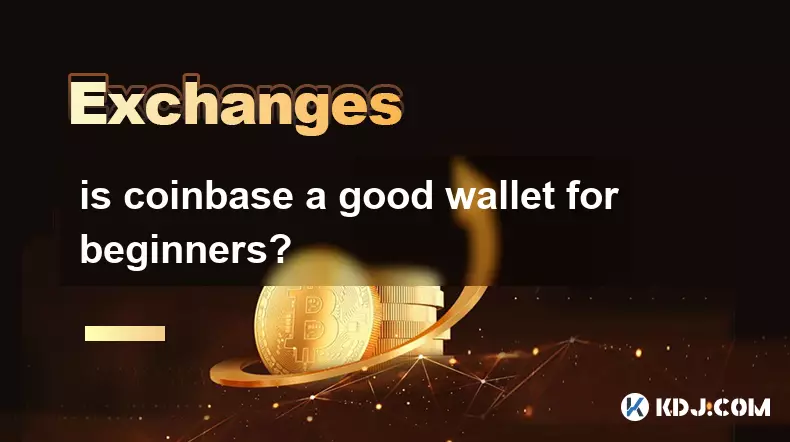
is coinbase a good wallet for beginners?
Oct 23,2025 at 07:03pm
Why Coinbase Stands Out for New Cryptocurrency Users1. The interface of Coinbase is designed with simplicity in mind, making it accessible even to tho...
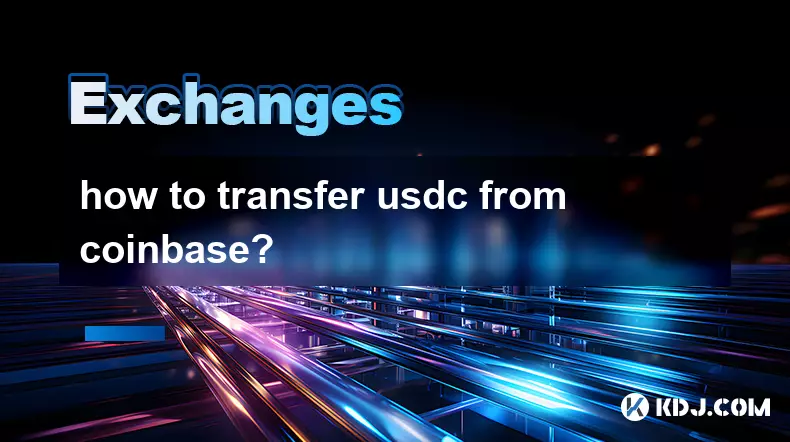
how to transfer usdc from coinbase?
Oct 21,2025 at 02:18am
Understanding Decentralized Exchanges in the Crypto Ecosystem1. Decentralized exchanges (DEXs) operate without a central authority, allowing users to ...
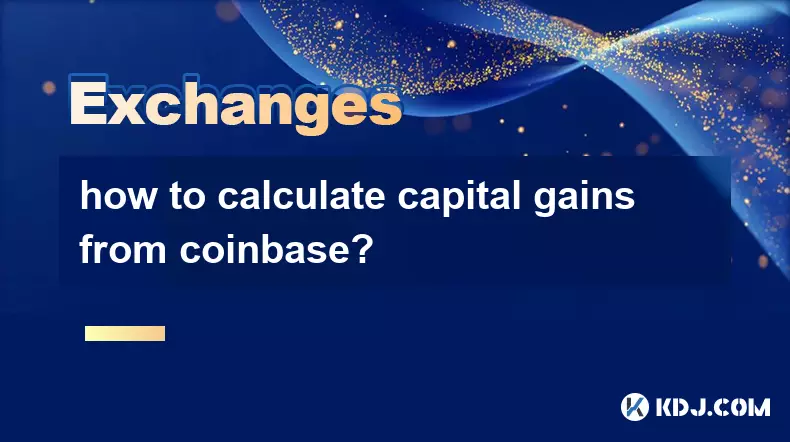
how to calculate capital gains from coinbase?
Oct 23,2025 at 09:55pm
Calculating capital gains from Coinbase transactions requires careful tracking of every trade, sale, or disposal of cryptocurrency. The process involv...
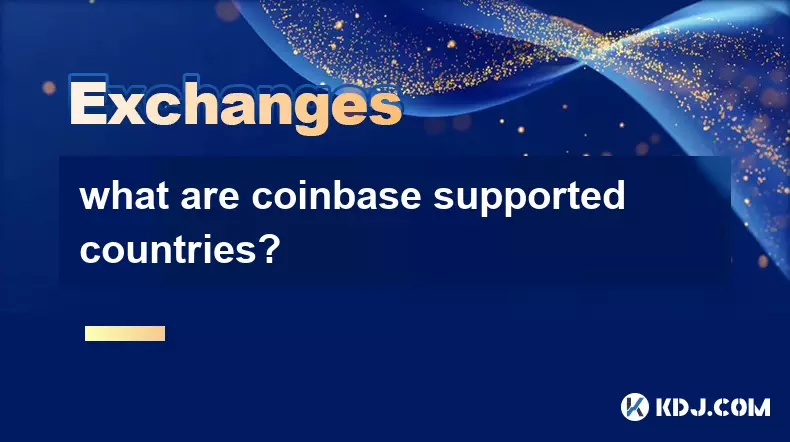
what are coinbase supported countries?
Oct 18,2025 at 12:01pm
Countries Where Coinbase Operates1. United States – Coinbase is headquartered in San Francisco, California, and provides full trading, staking, and cu...
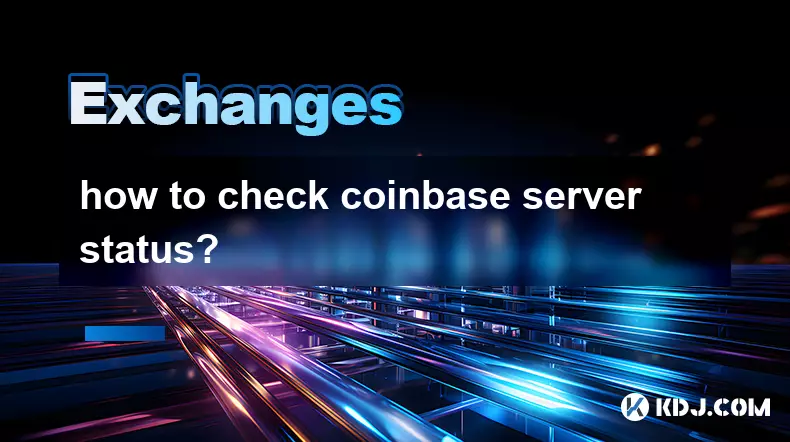
how to check coinbase server status?
Oct 20,2025 at 08:54pm
How to Monitor Coinbase Server Status in Real Time1. Visit the official Coinbase status page, which provides live updates on the performance of all it...
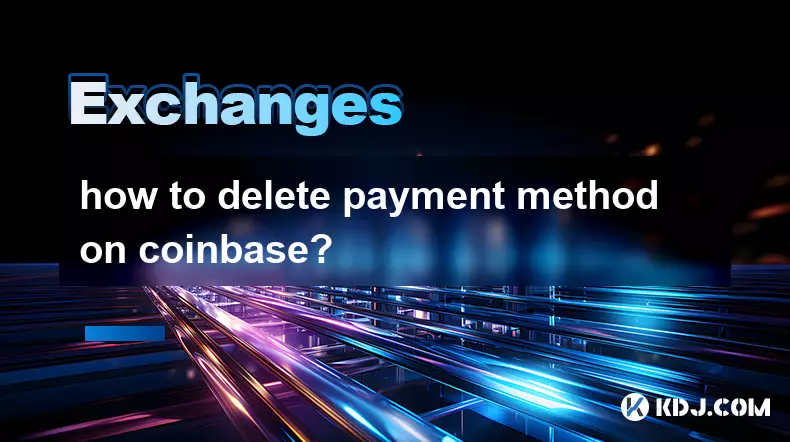
how to delete payment method on coinbase?
Oct 22,2025 at 04:54am
Understanding Payment Methods on Coinbase1. Coinbase allows users to link various payment methods including bank accounts, debit cards, and PayPal. Th...

is coinbase a good wallet for beginners?
Oct 23,2025 at 07:03pm
Why Coinbase Stands Out for New Cryptocurrency Users1. The interface of Coinbase is designed with simplicity in mind, making it accessible even to tho...

how to transfer usdc from coinbase?
Oct 21,2025 at 02:18am
Understanding Decentralized Exchanges in the Crypto Ecosystem1. Decentralized exchanges (DEXs) operate without a central authority, allowing users to ...

how to calculate capital gains from coinbase?
Oct 23,2025 at 09:55pm
Calculating capital gains from Coinbase transactions requires careful tracking of every trade, sale, or disposal of cryptocurrency. The process involv...

what are coinbase supported countries?
Oct 18,2025 at 12:01pm
Countries Where Coinbase Operates1. United States – Coinbase is headquartered in San Francisco, California, and provides full trading, staking, and cu...

how to check coinbase server status?
Oct 20,2025 at 08:54pm
How to Monitor Coinbase Server Status in Real Time1. Visit the official Coinbase status page, which provides live updates on the performance of all it...

how to delete payment method on coinbase?
Oct 22,2025 at 04:54am
Understanding Payment Methods on Coinbase1. Coinbase allows users to link various payment methods including bank accounts, debit cards, and PayPal. Th...
See all articles










































































